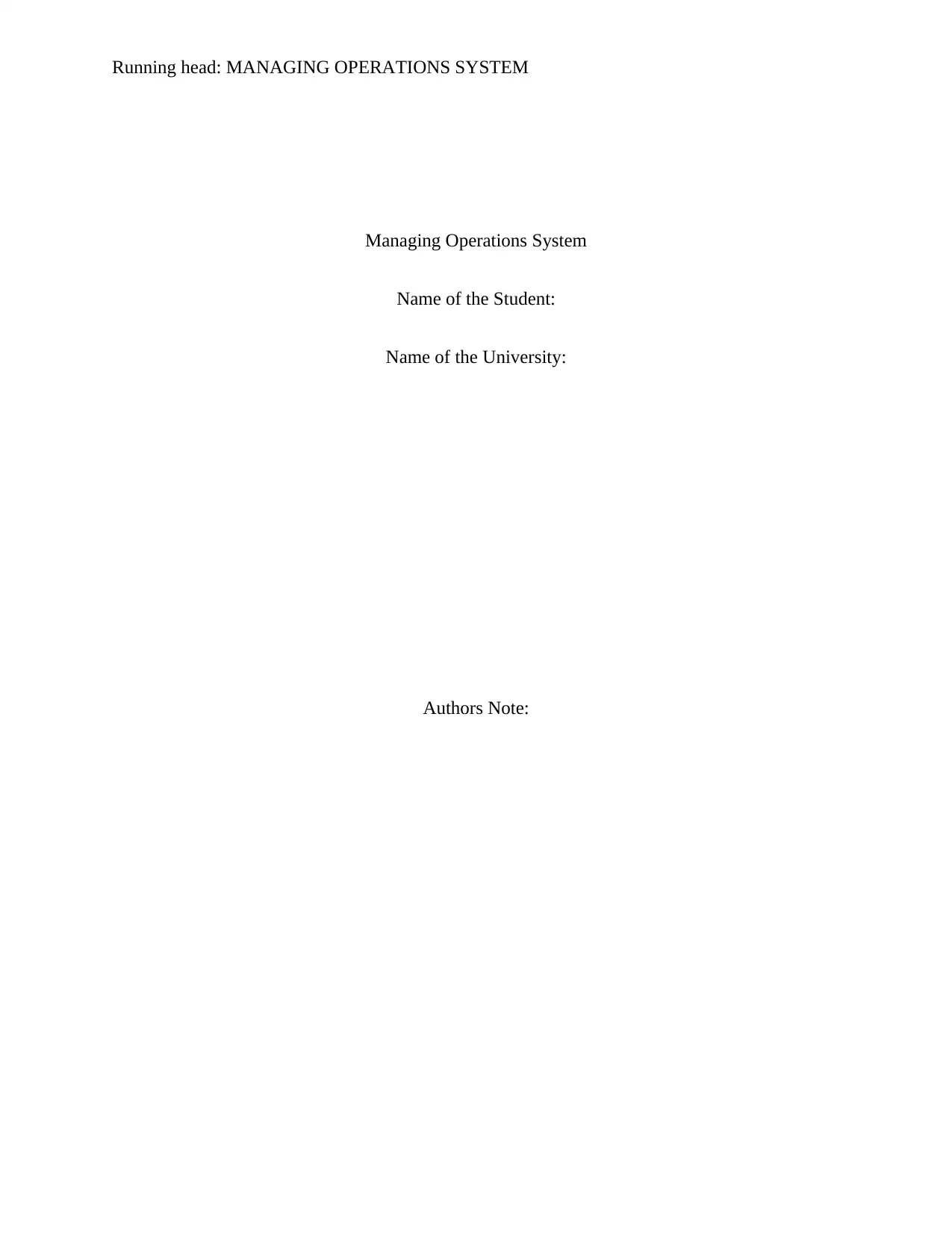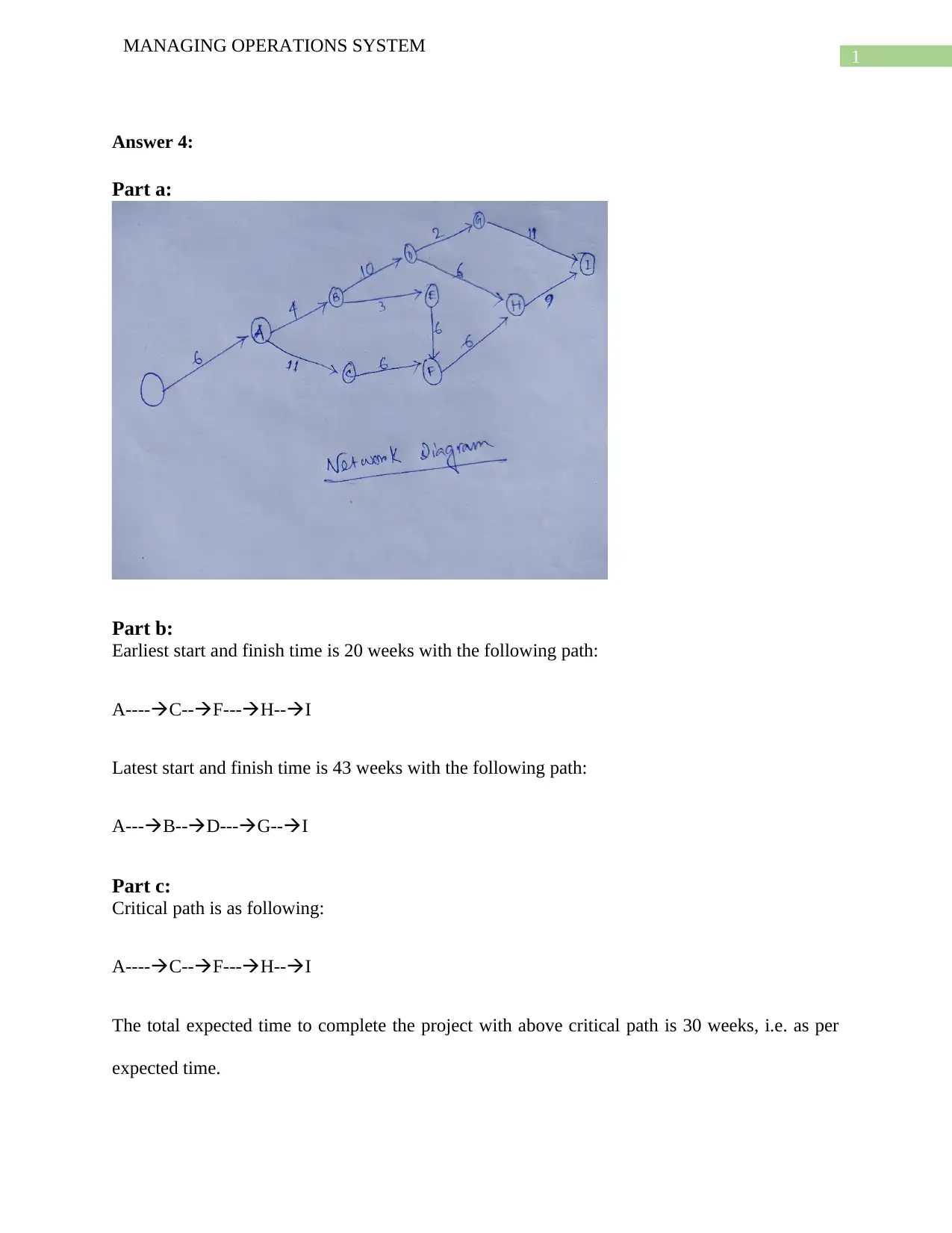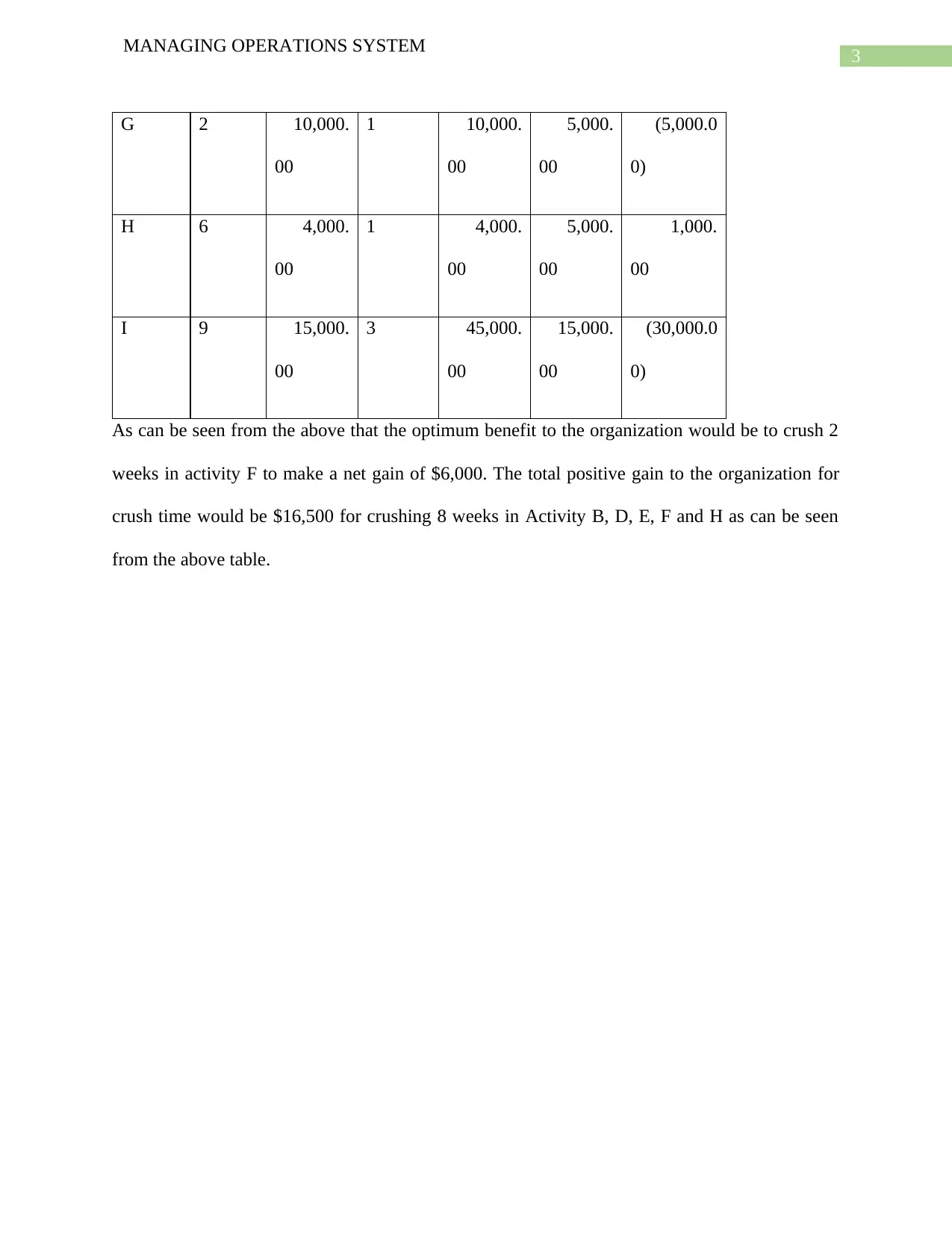University Operations Management Assignment: Solution Analysis
VerifiedAdded on 2022/08/26
|4
|365
|42
Homework Assignment
AI Summary
This assignment solution addresses key concepts in operations management, specifically focusing on production planning and demand management within a seasonal context. The solution begins with an analysis of a project's critical path, earliest and latest start times, and the calculation of expected completion time, including a discussion of how to determine a bid timeframe to minimize the risk of delay penalties. The assignment then transitions to a case study involving Lagoon Corp., a candle manufacturer facing seasonal demand fluctuations. The solution provides a demand management method to better utilize capacity, develops both a zero-inventory production plan and a plan utilizing inventory, and calculates the associated costs. The solution explores the trade-offs between regular time, overtime, and subcontracting costs, including inventory carrying costs. Finally, the solution provides a cost and reward trade-off analysis for crushing project time, identifying optimal strategies to reduce project duration and maximize profitability. The solution provides detailed calculations and analyses to illustrate the principles of operations management.
1 out of 4






![[object Object]](/_next/static/media/star-bottom.7253800d.svg)